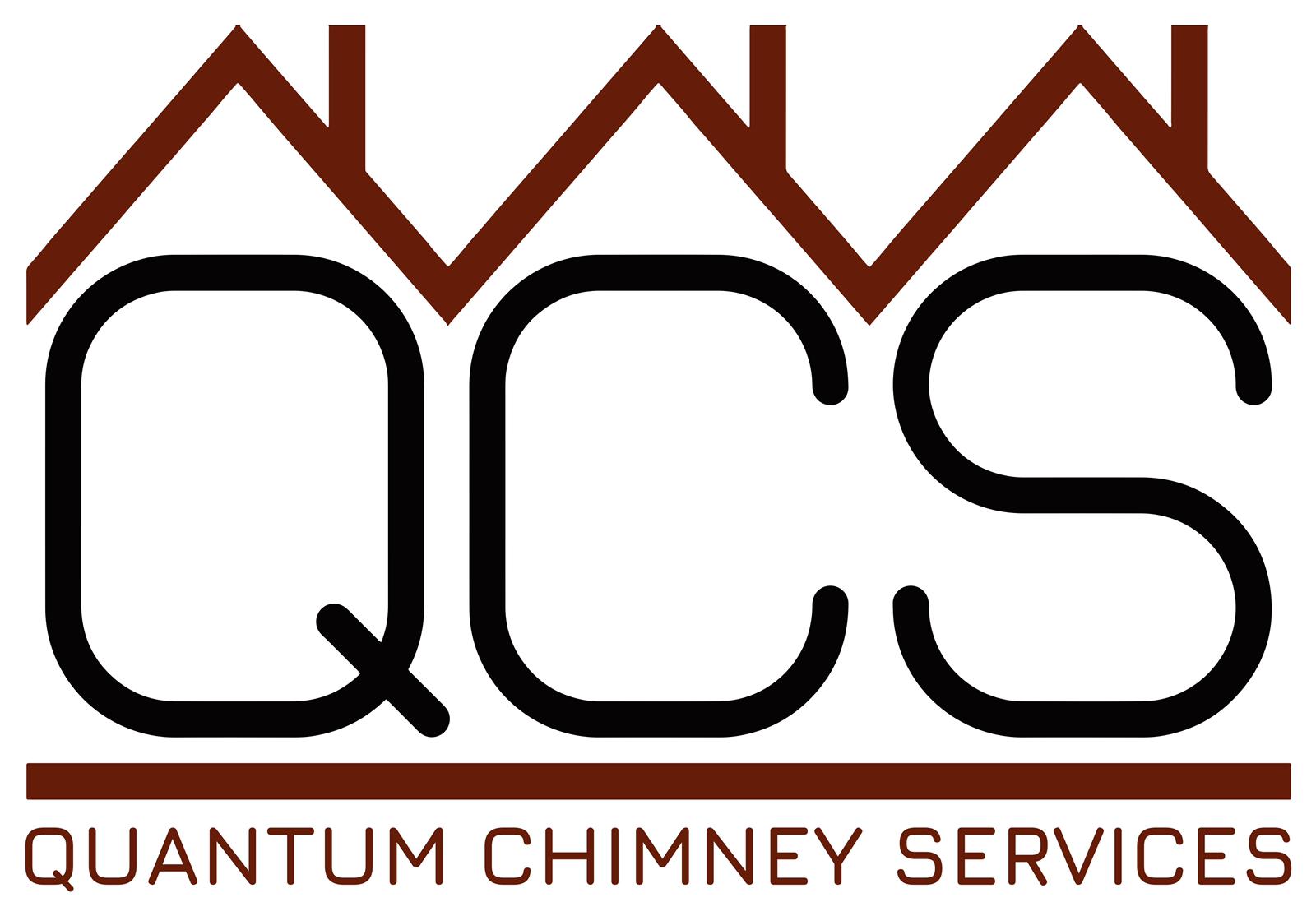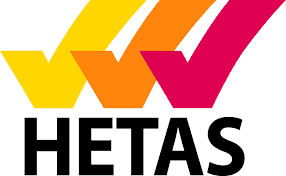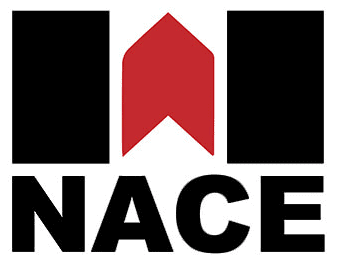
Quantum Chimney Services Ltd were engaged to conduct two solid fuel safety inspections in a recently purchased thatch property further to a request from the home owners insurance company, who are increasing requesting CCTV surveys or flue condition inspection of existing installations, with a view to providing a report that would confirm their compliance or make recommendations for remedial repairs to ensure the safety of both the property and occupants should any defects be observed.
It is important to note, as we make all our of clients aware that if issues are observed that do not meet current requirements for achieving compliance with the Building Regulations, there is no regulatory or statutory body which has the power to enforce these changes on a home owner. However, if any recommended remedial work or alteration is suggested because of an unacceptable level of risk, choosing to ignore the advice could compromise both your safety and any potential insurance claim should injury, loss or damage occur.
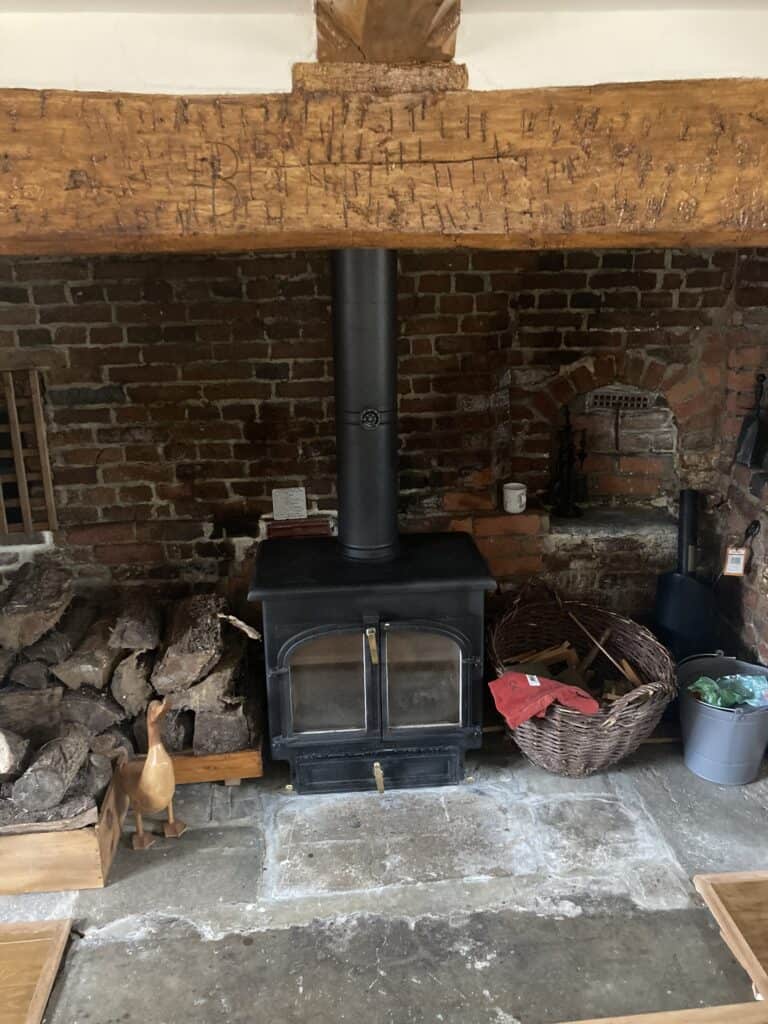
The first thing we look for on site is any documentation regarding the installation that will support it was completed to the Building Regulations at the time of installation. This could be either a certificate of compliance issued by a competent person scheme (such as HETAS, OFTEC, NAPIT or others), or a completion of works certificate issued by Local Authority Building Control (LABC) if the works were completed under a building notice. Unfortunately in this instance, no such documentation was available so the LABC was called to check if they had received a notification of the installation works and again, much to our dismay no notification existed. In short, this means there is no record of the works having occurred or having been undertaken to achieve compliance with the Building Regulations at the time of installation.
The installation manuals to both appliances were available, as were the quotations and invoices from those who undertook the works, along with numerous sweep certificates but none of these confirm the works were undertaken correctly or compliantly or that the installations are safe to use. As such, there was little option but to inform the homeowners they should not use the appliances until such time as the relevant documentation can be provided, subject to further inspection of the installations and on the condition any works required are completed and that this has then be recorded with LABC and copies provided to the insurance company.
We strongly advise that any prospective home owner request this documentation prior to purchasing a property and a solid fuel safety inspection and report are undertaken, as there are potentially large financial implications should issues be found after purchase.
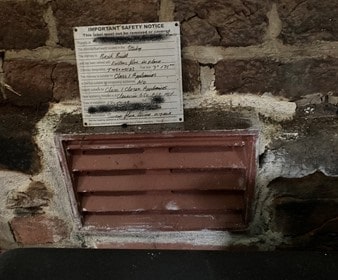
Although no notification had been received by LABC, we do not halt the solid fuel safety inspection. It now becomes even more imperative to ascertain whether the installation works have minimised the risk to both the property and occupants. We begin by looking at each requirement of the Building Regulations 2010 in relation to Approved Document J in particular. Three of the easier requirements to assess are; (i) The presence an correct fixing and positioning of a carbon monoxide alarm to warn against the release of carbon monoxide; (ii) The presence, fixing and location of a notice plate which will detail information on what, where, when and who undertook the installation and; (iii) adequate supply of combustion air.
Again, worryingly in this instance it was observed that (i) No carbon monoxide alarms were present in any of the rooms where appliances were located, despite the most recent sweep certificates confirming they were present (a potentially dangerous oversight on the sweeps behalf where a smoke alarm was taken to be a CO alarm, see our article ‘Carbon Monoxide – A Silent Killer’ for further information); (ii) One installation did have a notice plate located within the fireplace but was not fixed, the second had no notice plate; (iii) While an air vent was present for only one installation, this has simply been aesthetically built into the rear masonry and did not actually provide any air for combustion and was located behind the appliance. Already we were able to demonstrate three of the five requirements set out in Approved Document J had not been achieved, albeit they are potentially more easily rectified.
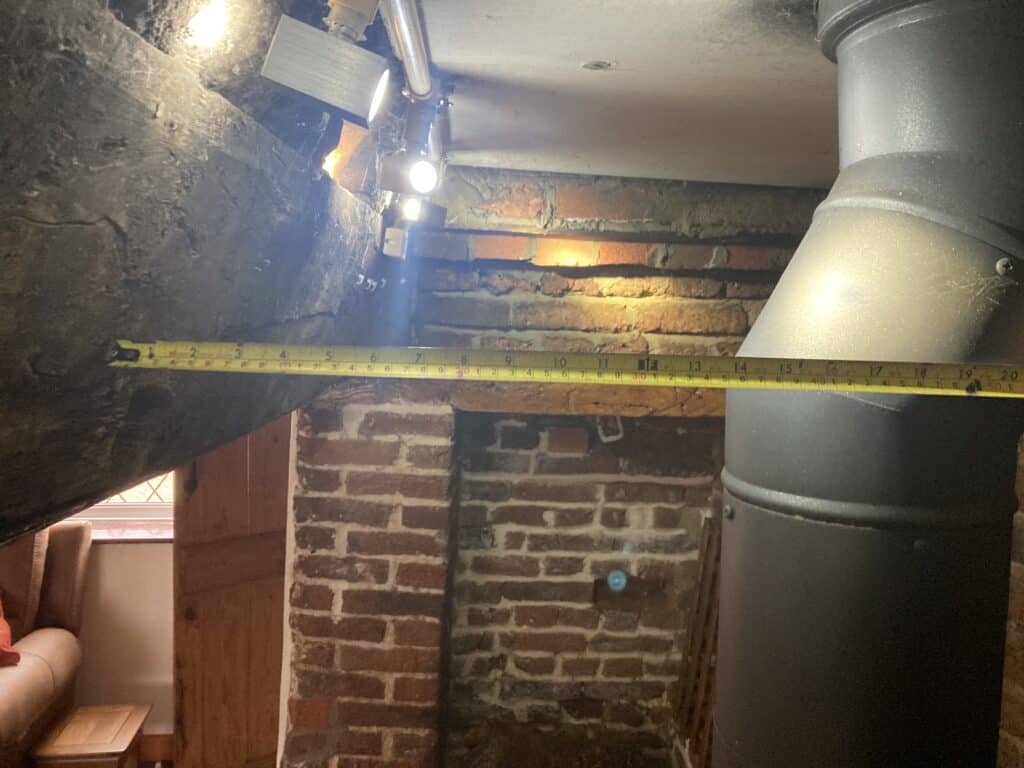
The solid fuel safety inspection continues by looking to the installation environment itself, are there any causes for concern such as combustible materials in too close a proximity, potential evidence of the spillage of the products of combustion from the appliance or connecting flue pipe, incorrect hearth dimensions or demarcation etc.
At this particular job, as the adjacent image highlights, the distances from the single skin connecting flue pipe to the unprotected timber beam did not meet with current requirements. Furthermore, the presence of electric cabling in plastic conduits also failed to meet minimum distances to combustible materials.
It is important to state that a solid fuel safety inspection by Quantum Chimney Services considers all aspects of the installation and the environment in which it is installed to ensure an accurate observational report can be provided highlighting potential risk issues in relation to the Building Regulations. It is a common misconception that using a CCTV camera to inspect the flue is the only consideration ,when in reality, this is the last and more often, easiest component of the solid fuel safety inspection.

Finally, before we use a CCTV camera to inspect the internal aspect of the flue system or chimney, we inspect the chimney (from ground level if no safe access is provided) and within the roof space if possible. We look for degradation of mortar or spalling masonry which could cause an issue to the safe release of the products of combustion and estimate the chimney height from the thatch material. Please note, the height from the thatch of a chimney includes the chimney pot. In properties of age, as is the case with most thatch properties, the chimney rarely achieves 1800mm from the thatch in accordance with current guidance. If your property is not listed and you look to change, alter or install a new appliance and flue system this will need to be achieved. For listed properties, it will be on agreement of the local Listed Buildings authority works can proceed or whether restrictions are imposed.
On this particular property, the chimney was estimate no greater than 850mm above the ridge of the thatch. As it is not Listed, 1800mm would need to be achieved to meet compliance with the Building Regulations. Worth noting in the image above is the presence of cowls. Cowls are not a mandatory requirement of the building regulations, indeed BSEN 15287:2007 + A1:2010, paragraph 4.3.27 states they should only be installed so that ‘the pressure loss characteristic and its influence on system capacity shall be included in the flue sizing’. When smoke grenade was used to test the flues ability to discharge products of combustion, the flat tops of the cowls deflected the smoke at 90° to the thatch material. In the event this was a chimney fire, with the chimney height well below the recommended there is an unacceptable level of risk of lit embers of sparks landing on the thatch.
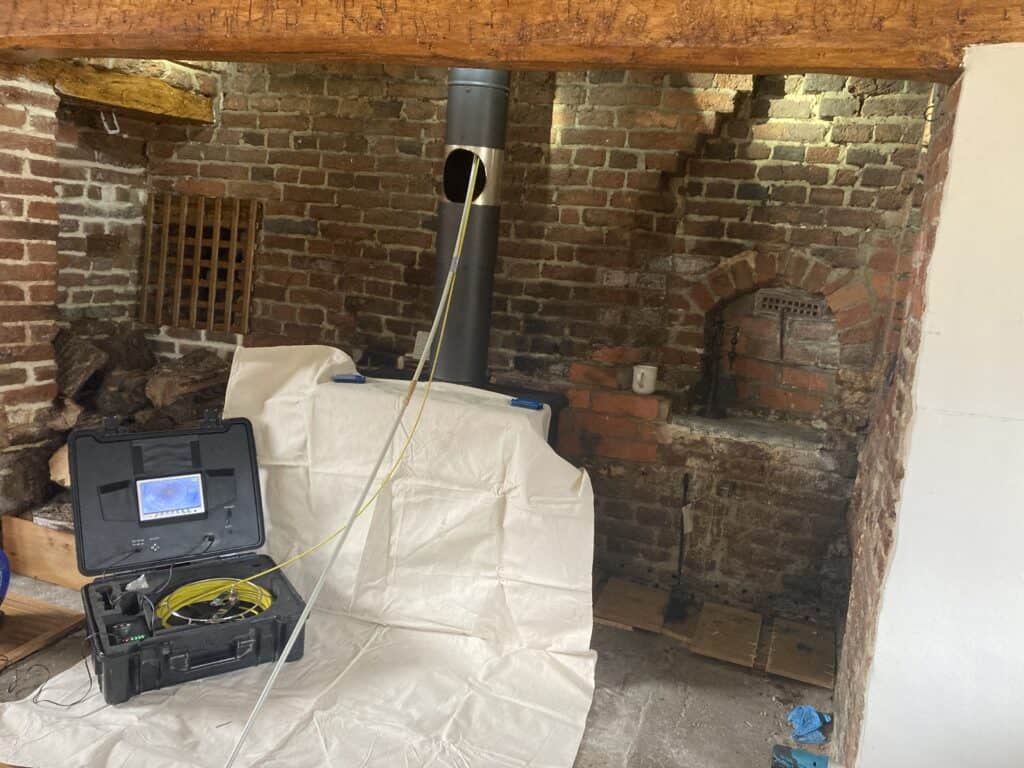
The last component of our solid fuel safety inspection is the use of a CCTV camera being passed throughout the height of a flue to confirm the type of lining present, its condition and suitability for continued use. At this property we were able to confirm that flexible liners had been installed. Both had been supported with a top plate and clam arrangement below the chimney pot, but neither had used key installation components to reduce the risk of the clamp damaging or restricting the liner. One of the liners was observed to have multiple ruptures and in a dangerous condition.
On finishing the on-site solid fuel safety inspection, we debriefed the clients as to our findings. Unfortunately in this instance, we had no other option than to condemn both installations as high risk with numerous dangerous non-compliances that would need addressing. Given the number of issues observed, the only option available is to remove the existing installations and replace with new, it would simply not be possible to carry out remedial works to all aspects and then be in a position to issue a certificate of compliance. This case study goes to highlight a number of potential issues that could have been picked up at a much earlier stage, potentially reducing the financial implications. If you are a prospective home buyer, regardless of whether the property is thatch or not, we recommend you request the following:

Make sure you obtain the following if purchasing any property with a solid fuel installation
- A recent solid fuel safety inspection report.
- Copies of certificates of compliance.
- Confirmation that LABC have notification of the installations.
- Copies of all documents related to the installations, including invoices.
If you have any questions or queries arising from the above article, or would like general advice, please use do not hesitate to contact us.
